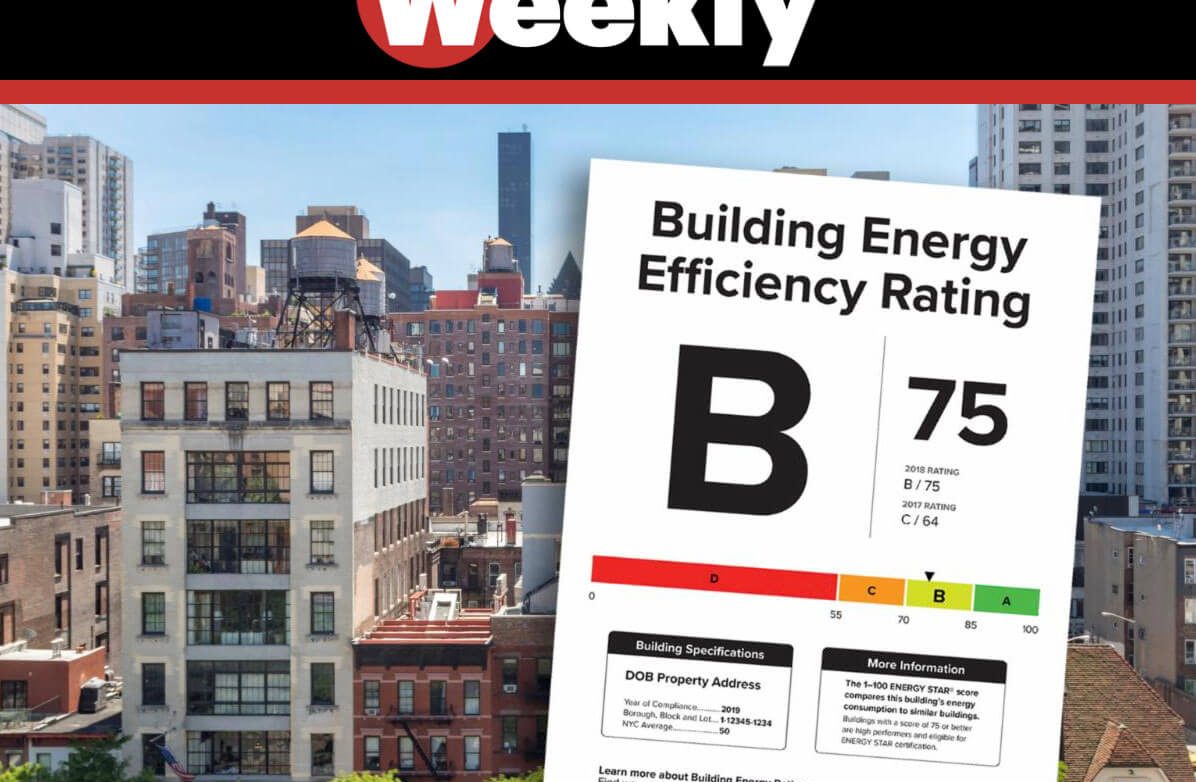How to Build an Effective Board of Directors
Part I: Know Your Role
Congratulations, you are a new member of the board of directors. Now what? Often directors are thrown into the proverbial hot [board] seat without an understanding of their roles and responsibilities. Misunderstanding the board’s role or directors’ duties produces a dysfunctional board, characterized by micromanagement, director disengagement, rogue directors, or lack of synergy. This article, the first in the board governance series, “How to Build an Effective Board of Directors,” will explore the fundamental role and responsibilities of the board and individual directors.
Directors’ legal duties
Directors’ legal duties and responsibilities are defined by state law and the board’s internal governance documents, including its certificate of incorporation or bylaws. The law recognizes that directors hold a special relationship with the association (and in the case of public charities, with society), and therefore imposes additional duties upon directors called “fiduciary duties.”
The fiduciary duties of nonprofit directors are the duties of care, loyalty, and obedience. Generally, the duty of care refers to the level of attention required of each director to the business of the organization. It requires directors to carry out their duties in good faith and with the care of an ordinarily prudent person in a like position under similar circumstances. The duty of loyalty requires directors to act in the best interests of the organization, and not in their own personal interests. And the duty of obedience requires directors to ensure that the organization operates in furtherance of its mission and in compliance with its governance documents, policies, and all applicable laws and regulations.
Directors may be subject to liability for breach of fiduciary duty for failing to exercise their fiduciary responsibilities.
The role and responsibilities of the board of directors
Under New York law, the board of directors, as a single body comprised of several individuals, is responsible for managing the organization. No single director has the power to take any action on behalf of the organization, unless the board as a whole has given such authority to the director. That happens in several ways.
The board may appoint or elect specific individuals to serve as officers of the board (i.e., president, treasurer, and secretary). Those directors have the authority identified in the governance documents and under applicable law for each office. In addition, the board may appoint directors to serve as committee chairs, and those directors may have specific powers related to the role of the committee. Finally, the board may vote to authorize any director or officer to take any specific action. But unless the board cloaks a director with specific authority, the director is just one limb within a larger body.
To effectively manage the organization, the board must serve three core functions: oversight, strategic planning, and ambassadorship. If the board is not consistently focused on those three things, it is not doing its job.
The board’s oversight role
The role of the board is to oversee the organization in every respect, including its finances, infrastructure, and human capital, all of which are essential resources of the organization. The board must ensure that the organization and its day-to-day managers are appropriately stewarding those resources. To be effective in this role, the board must obtain and review accurate and detailed information about the status of the organization’s resources and develop a plan of action to ensure resource preservation. The board must also ensure that there are clear policies in place by which management/staff is guided, and systems in place for monitoring compliance and accountability.
The board’s oversight role also includes self-regulation. The board must establish rules and procedures to hold itself accountable to the organization. This includes evaluating the board’s structure to ensure alignment with the organization, training directors to understand the board’s role and duties, and identifying areas for improvement. Part V of this board governance series explores the importance of board self-regulation and assessment in greater detail.
The board’s strategic planning role
A significant role of the board is to establish the organization’s mission and vision, and to develop a strategic plan for the organization to accomplish them. A strategic plan charts the future course of the organization and identifies the specific actions that will move the organization forward along that course. Cyclically, the board should be developing a strategic plan for the organization or overseeing the implementation of an existing strategic plan. If the board is doing neither, it is not doing its job effectively.
The board operates effectively when its actions and the organization’s operations are aligned with the specific strategic priorities that the board has established in consultation with management. Without strategic planning, the organization may be stagnated, unproductive or disorganized.
The board’s ambassadorship role
The role of each director on the board is to represent, promote, and advocate for the organization, and to ensure that the organization is reflected in the best possible light. The board’s ambassadorship role occurs largely outside of the boardroom. It requires directors to use their personal resources to raise awareness about and in support of the organization.
But ambassadorship also means that directors understand and realize that what they say and do outside of the boardroom reflects upon the organization. This includes speaking negatively in public about the organization, fellow directors, or specific board decisions. Although directors are just one limb in a larger body, understand that when a limb is infected, the infection may spread and affect the entire body.
The role of the board in day-to-day management
As the board operates from a bird’s-eye vantage point, it is not involved in the day-to-day management of the organization. Rather, the board hires an executive officer to be responsible for day-to-day operations (such as hiring and firing staff and monitoring finances) and implementing the board’s mission, vision, policies, and strategic plan. In comparing the role of the board and that of the executive officer, the board’s role is often analogized with a family vacation. Whereas the board is responsible for determining the destination and the budget for the vacation, the executive officer is responsible for determining the route and the mode of transportation, to arrive at the destination within budget.
Board micromanagement
Although boards should not be involved in day-to-day operations, it happens. One director calls a staff member directly for a copy of a report. Another director pops into the office to say hello, casually making random suggestions. Yet another director emails staff making a number of requests.
Such interference with day-to-day operations, often by rogue directors, can be very disruptive to the organization and can lead to inappropriate micromanagement. Micromanagement occurs when directors assume tasks or make decisions that should be left to the executive officer, management, or employees. This often includes giving direction, instructions, or orders directly to personnel rather than through the appropriate chain of command within the organization.
Incessant board interference in day-to-day operations evokes the fable of the eagle who thought it was a chicken. As the story goes, a chicken farmer found an eagle’s egg and put it with his chickens. The egg hatched and the eagle was raised surrounded by chicken and did as chickens do – it walked around all day, clucking and pecking at the ground. The eagle lived out the rest of its life and died believing it was a chicken, never fulfilling its purpose as an eagle.
Directors who roam the organization’s offices clucking demands at staff and management are like eagles behaving like chickens. Instead, directors are meant to soar high above-ground where they have a full and broad view of the organization, and should not be on the ground micromanaging staff. Indeed, directors should not act independently from the board.
Key takeaways
- To build an effective board, directors must have an accurate understanding of their roles and fiduciary responsibilities and operate within that understanding.
- The primary roles of the board are to (i) oversee the organization’s assets and operations, (ii) strategically plan the actions that lead the organization to operate within and fulfill its mission, and (iii) act in furtherance of the mission of the organization both inside and outside of the boardroom.
- The board should perform its duties from a bird’s-eye view of all of the organization’s operations, and leave the day-to-day operations to the executive officer or management.
For more information contact:
Nancy Durand
ndurand@sbjlaw.com
This article is Part I of V in the Board Governance Series: How to Build An Effective Board of Directors











